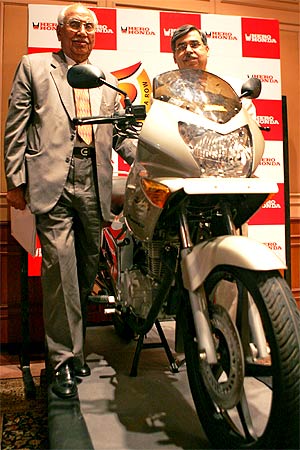
On the first of every month, two-wheeler companies disclose their sale figures for the previous month. May 1 was no different.
Hero Honda, the country's largest and most valuable two-wheeler company, said it logged sales of 370,575 two-wheelers in April, up 29.5 per cent from April 2008. Its closest rival, Bajaj Auto, said sales fell 24 per cent to 169,119 during the month. The gap between the two rivals had expanded to over 200,000.
Not so long ago, Bajaj Auto was giving sleepless nights to Hero Honda. In September 2006, it had come close to displacing Hero Honda from the top slot.
Hero Honda's rule as the leader of the Indian motorcycle market, second only to China in size, it looked would soon be history.
The partnership with Honda of Japan (it provides technology and owns 26 per cent of Hero Honda) meant exports couldn't make up for loss of domestic market share. (Hero Honda's exports are restricted to markets where Honda doesn't have a presence - Nepal, Bangladesh, Colombia and so on).
There was palpable tension in the company. Left with no choice, it took a decision that changed its face for ever. "We said we will focus on market share rather than profits," recollects Hero Honda Managing Director and CEO Pawan Munjal.

"Every two-wheeler company is focused at the product-end of the story. But all products are similar," says brand consultant Harish Bijoor. "Hero Honda is the first to go beyond that. It shows in its domination of cricket, selection of youth and style icons, and association with shows like MTV Roadies which improves involvement with the hinterland."
This was the first change Hero Honda internalised in those turbulent days. All motorcycles and their advertisements looked similar. The diagnosis was that the company's differentiation in terms of propositioning to customers was weak. That was the first gap that needed to be plugged.
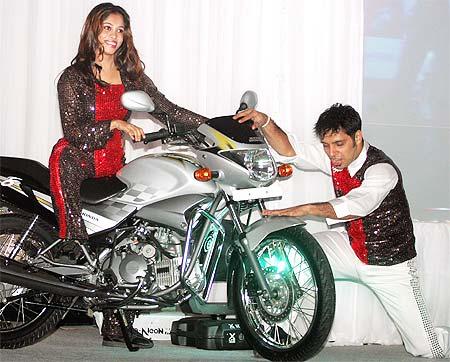
Hero Honda found that these are not watertight categories. Customers, for instance, trade freely between a top-end 100 cc motorcycle and a low-end 125 cc motorcycle or between a premium 125 cc motorcycle and a basic 150 cc motorcycle.
While a customer does look at the engine capacity, what he seeks is a holistic experience. So, Hero Honda decided to look at the motorcycle market not from engine capacity but from the customer's point of view - how he brackets the products available in the market through his demographic and psychographic profile.
This took the company to unchartered waters of consumer profiling - what is his lifestyle and attitude, what is it that he holds dear in life and so on. The segments, in Hero Honda's scheme of things, are: Entry (35 per cent of the market), deluxe (50 per cent) and premium (15 per cent).
Hero Honda Vice-president (sales and marketing) Anil Dua, who joined Hero Honda around September 2006 from Hindustan Unilever, says the company has a lion's share of the first two segments and a "growing" share of the premium segment.
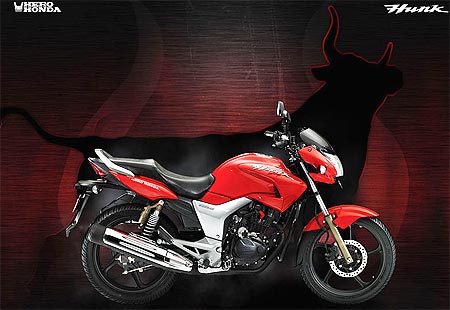
More important, this view of the market has become the cornerstone of Hero Honda's strategy. It now shapes the company's product development, placement and promotion moves. Hero Honda comes out with new motorcycles, variants and refreshes keeping the customer profile of each segment in mind.
This shows in the commercials which no longer talk of fuel economy (remember "Fill it, shut it, forget it?") or power alone. Thus, the advertisement for the Karizma (premium segment) comes with the punch line, "Always game." The ad for the premium segment Hunk doesn't talk of speed or power at all - the focus is on the looks even while standing. The CBZ Extreme comes with the promise, "Thinking is such a waste of time."
"Both the Hunk and CBZ Extreme are 150 cc bikes but talk to different customers," says Dua. "We have created very sharp positions for all our brands. You can't substitute one model for another in any advertisement." This is important. Hero Honda has a large portfolio of products (13 motorcycles and one scooter), so it has to create distinct position for each so as to avoid customer-confusion and cannibalisation of products.
Several automobile companies in the world put their products through a group of users before launch. It is standard practice. Hero Honda even puts all its advertisements through such groups.
"We don't move an inch without consumer feedback," says Dua. On behalf of Hero Honda, TNS talks to thousands of customers every month to monitor the brand health - share of mind (a lead indicator of share of market) and first-choice, cut-through (how the brand and its advertisements stand in the clutter), share of voice, loyalty indices and so on.
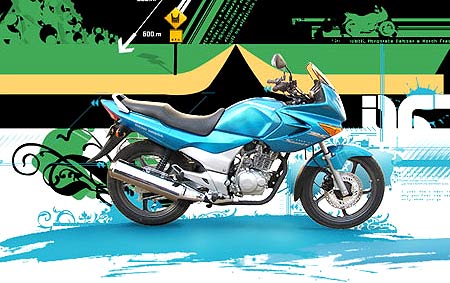
Hero Honda has upped the advertising ante in the last couple of years. When it decided to chase market share and not profits, it also decided that it would offer no discounts on its motorcycles.
(Even when the Cenvat rate was cut 4 per cent late last year, it did not cut prices of its models uniformly - well-entrenched models were left untouched, prices of some others were dropped more than 4 per cent. Clever!) The money saved by plugging the discounts was ploughed back into brand promotion.
And there was some aggressive planning. Last year, the company launched a three-minute advertisement on television to mark its silver jubilee. That would have cost a bomb. But Dua and his team worked with channels for six months. They were able to bring the air-time price down by half against firm commitments.
Research showed that Hero Honda's target customers (age bracket of 18 to 35 years) relate to four subjects: Cricket, music, movies and adventure. Thus, it roped in film stars Hrithik Roshan and Priyanka Chopra, joined the Indian Premier League sponsorship bandwagon, and got associated with television shows like Sa Re Ga Ma Pa on Zee TV and MTV Roadies.
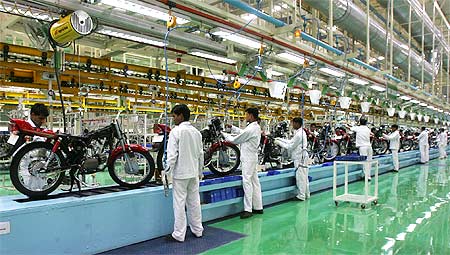
Two-wheelers for all
High-decibel advertising does not work if not backed by the right products. The lifecycle of motorcycles has dropped sharply in the last few years. If it was 10 years earlier, it is not more than two or three years now, reckons Munjal. "Customers have become more demanding now," says he.
So, Hero Honda has refreshed its entire line of motorcycles. None of its 13 motorcycles in the market is more than two years old. The company has decided to launch eight or nine new products, variants or refreshes every year. And these launches will be spread across the three categories because, says Dua, all are growing at a fast clip.
Hero Honda relies heavily on variants and refreshes because they cost less than a whole new product. "That way, you get more bang for the buck," says Dua.
The Passion Pro, for instance, was an all-new motorcycle but was launched under the bestselling Passion brand. Sometimes, the profile of an existing brand fits the new product. For example, the company had a new product ready for launch in October 2006.
It decided to call it CBZ Extreme, though the CBZ brand had been discontinued in 2005! "CBZ is a brand about the spirit, so we can stretch it," says Dua.

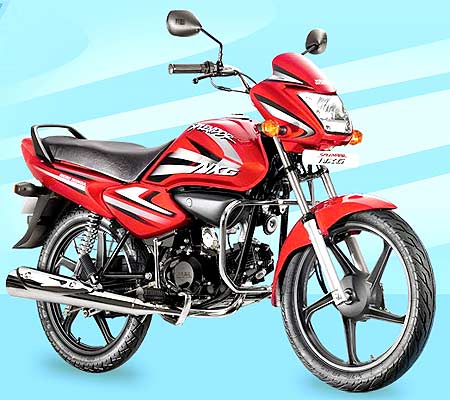
As a result, 2007-08 was bad for the industry. But Hero Honda found that its sales were flat. This was because of its strong sales in the rural markets - almost 40 per cent of total volumes, say Munjal and Dua. These, mind you, are only estimates.
The company doesn't have a single dealer in villages. All purchases are done in towns and cities. Still, it is a known fact that urban consumers depend more on finance than their rural counterparts. So, the drop in the flow of consumer finance impacted urban customers much more than rural customers.
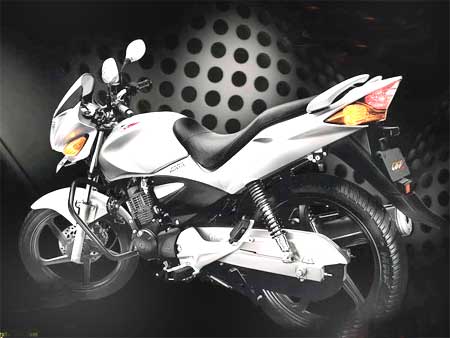
Farmers, Hero Honda knows, have money in their pockets twice a year when they harvest their crop - once around May and June and then around October and November. These "waves" are mounted just before the harvest so that Hero Honda is on their radar screen when they have cash in hand.
It also realised that one reason customers in these markets choose Hero Honda over others is the easy availability of spares and authorised mechanics. As a result, in the resale market, it commands a premium over rivals. This makes Hero Honda a preferred brand, claims Munjal.
Thus, the company decided to ramp up rapidly its touch points with customers - showrooms, service centres and so on. From 2,000 in 2006, the number has risen to 3,500 now. Munjal says the plan is to add at least 500 every year. Most of these will be service points.
"Customers can travel over long distances to buy a motorcycle but not for service. A customer can take his motorcycle for servicing four or five times a year," adds Dua. Many of these touch points can start as a service centre and over time become a sale centre.
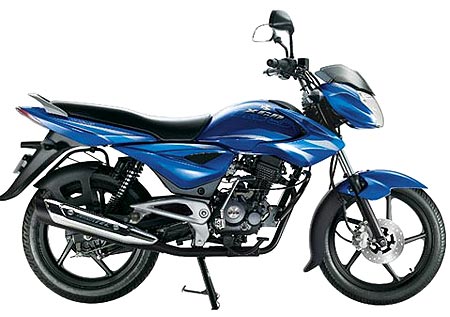
Still, Hero Honda is not taking any chances. Munjal has tasked his engineers to come out with a low-cost motorcycle, one that combines the price of a moped and the performance of a motorcycle, through value engineering and tax planning.
Knocking a couple of thousand rupees from the current price points (Hero Honda's cheapest bike currently costs around Rs 31,000) will not help. The price target could be well below Rs 25,000. Could Chinese parts be an option? "I wish we can do it here itself and there is no need to go to China," says Munjal.